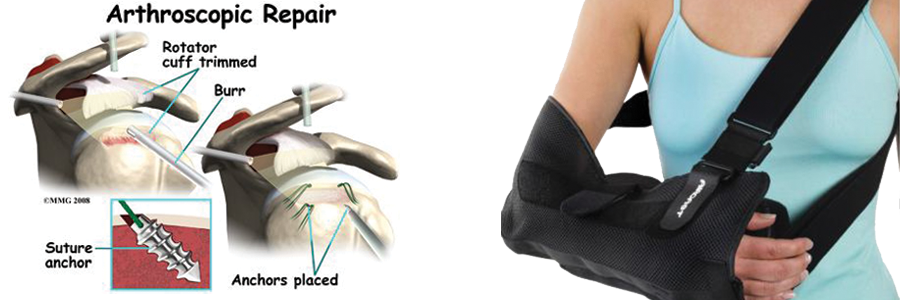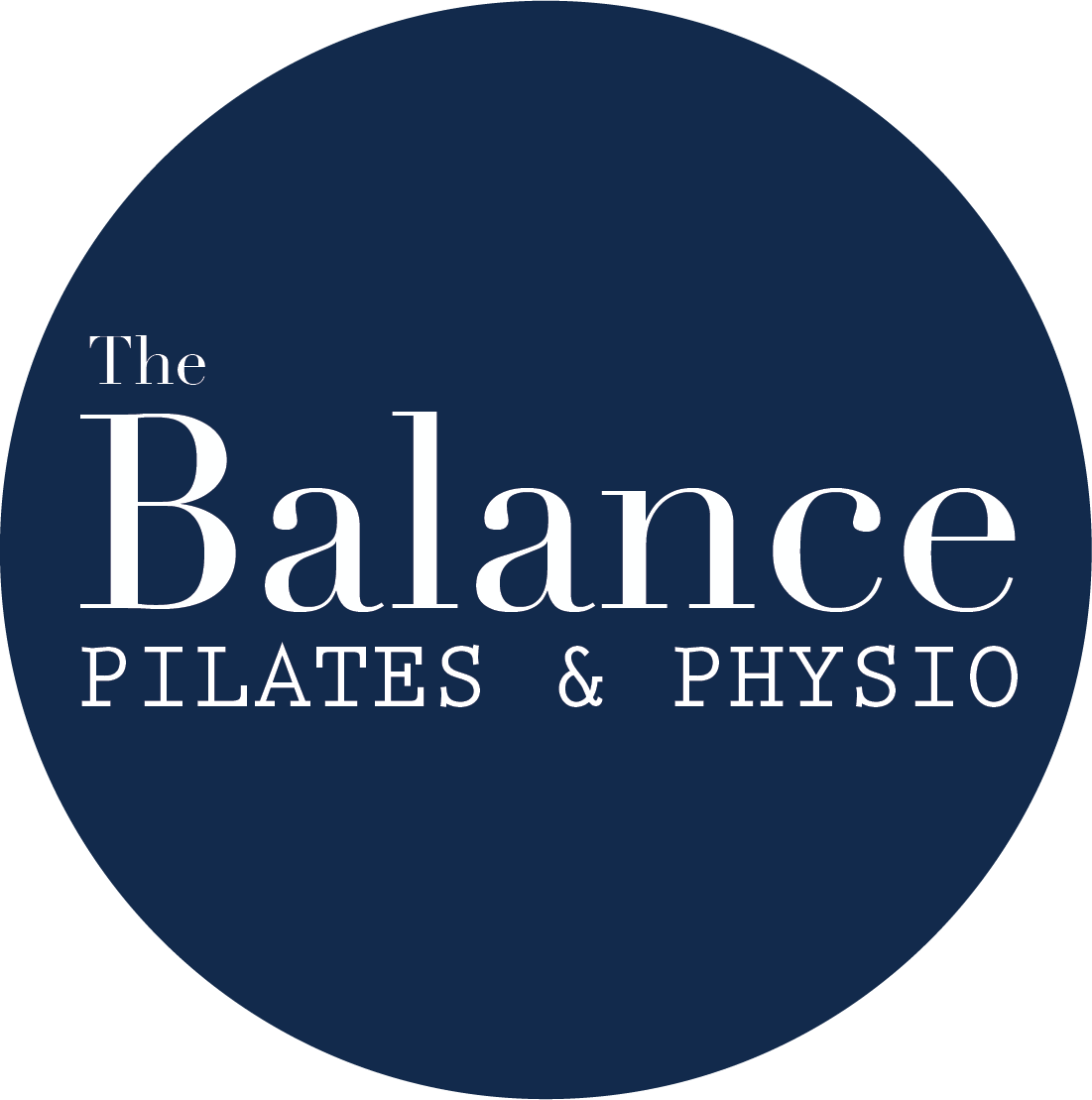
What you should do after shoulder surgery for keep your shoulder from stiffness!!
Shoulder surgery can be a scary event. Patients have pain, swelling and often can’t move the arm much at all. Sometime you might think you can’t come back for move free again, shoulder stiffness, can’t lifting, overhead lifting, shopping until hugging someone or so many question. Then you should read and try to doing with THE BALANCE Physio Pilates
Week 0-2:
Manual: Soft tissue mobilization to surrounding tissues, effleurage for edema; Gentle PROM Exercise: Pendulum exercises clockwise 10 times, then counterclockwise 10 times, 3 sessions a day. Before and after shoulder strengthening exercises.
Squeeze ball Hold for 5 seconds, and then relax. Repeat 5-10 times per session .Do 3 sessions a day.
Isometric shoulder flexion Hold for 5 seconds, and then relax. Repeat 5-10 times per session .Do 3 sessions a day.Isometric shoulder extension Hold for 5 seconds, and then relax. Repeat 5-10 times per session .Do 3 sessions a day.Isometric shoulder abduction Hold for 5 seconds, and then relax. Repeat 5-10 times per session .Do 3 sessions a day.Isometric shoulder adduction Hold for 5 seconds, and then relax. Repeat 5-10 times per session .Do 3 sessions a day.Isometric shoulder internal rotation Hold for 5 seconds, and then relax. Repeat 5-10 times per session .Do 3 sessions a day
Isometric shoulder external rotation Hold for 5 seconds, and then relax. Repeat 5-10 times per session .Do 3 sessions a day.Scapular pinches every hour Hold for 5 seconds, and then relax. Repeat 5-10 times per session .Do 3 sessions a day.
Neck stretches for comfort Hold for 10 seconds, and then relax. Repeat 5-10 times per session .Do 3 sessions a day.
*It is important to come out of the sling frequently to bend and straighten elbow for 10-15 repetitions each time to minimize arm and hand swelling.
Goals: Decrease pain and edema.
Active range of motion elbow flexion and extension.
Sling use for 4 weeks.
Weeks 2- 4:
Nurse visit at day 14 for suture removal and check¬up
Manual: Soft tissue treatments for associated shoulder and neck musculature for comfort.
Exercise: Continue with previous.
Goals: Decrease pain and edema.
Passive range of motion shoulder flexion 0-70 degrees, External rotation to 30 degrees.
Sling use for 4 weeks.
Weeks 4-8:
M.D. visit at Week 4 post-op and will usually be progressed to increasing range of motion/ discharge sling.
Manual: Continue soft tissue mobilization, passive range of motion, gentle mobilizations Gr I/II to
Increase range of motion.
Exercise: At Week 4: start mid-range of motion external and internal rotations active and light resistance exercises (through 75% of range of motion as patient’s symptoms permit) without shoulder elevation and avoiding extreme end range of motion.
Goals: Active assisted range of motion flexion and abduction to 90 degrees.
At 6 weeks initiate increased ER/IR passive range of motion > active range of motion by 8 weeks.
Weeks 8-12:
Manual: Increase mobilizations of soft tissue as well as glenohumeral and scapulothoracic joints
Exercise: Active range of motion exercise for all direction of shoulder and scapular
* Most patients, when lifting the arm up overhead, will notice that the head of the humerus will ride upwards and restrict motion. This is because the rotator cuff muscles lack full control of the shoulder. Practice moving through only the part of the range that looks controlled. You should notice over time that your range will improve.
Goals: Full shoulder passive range of motion in all planes.
Active range of motion full by week 12.
No overhead lifting.
Weeks 12-16:
Exercise: LIGHT RESISTIVE EXERCISE Start with very light resistance for the first week and slowly work your way up.
* Listen to what your body is telling you as you begin resistance training. Sharp pain is not acceptable
Week 16 and beyond:
Exercise: RESISTANCE AND WEIGHT TRAINING AS TOLERATED
Goals: Return to normal activity
